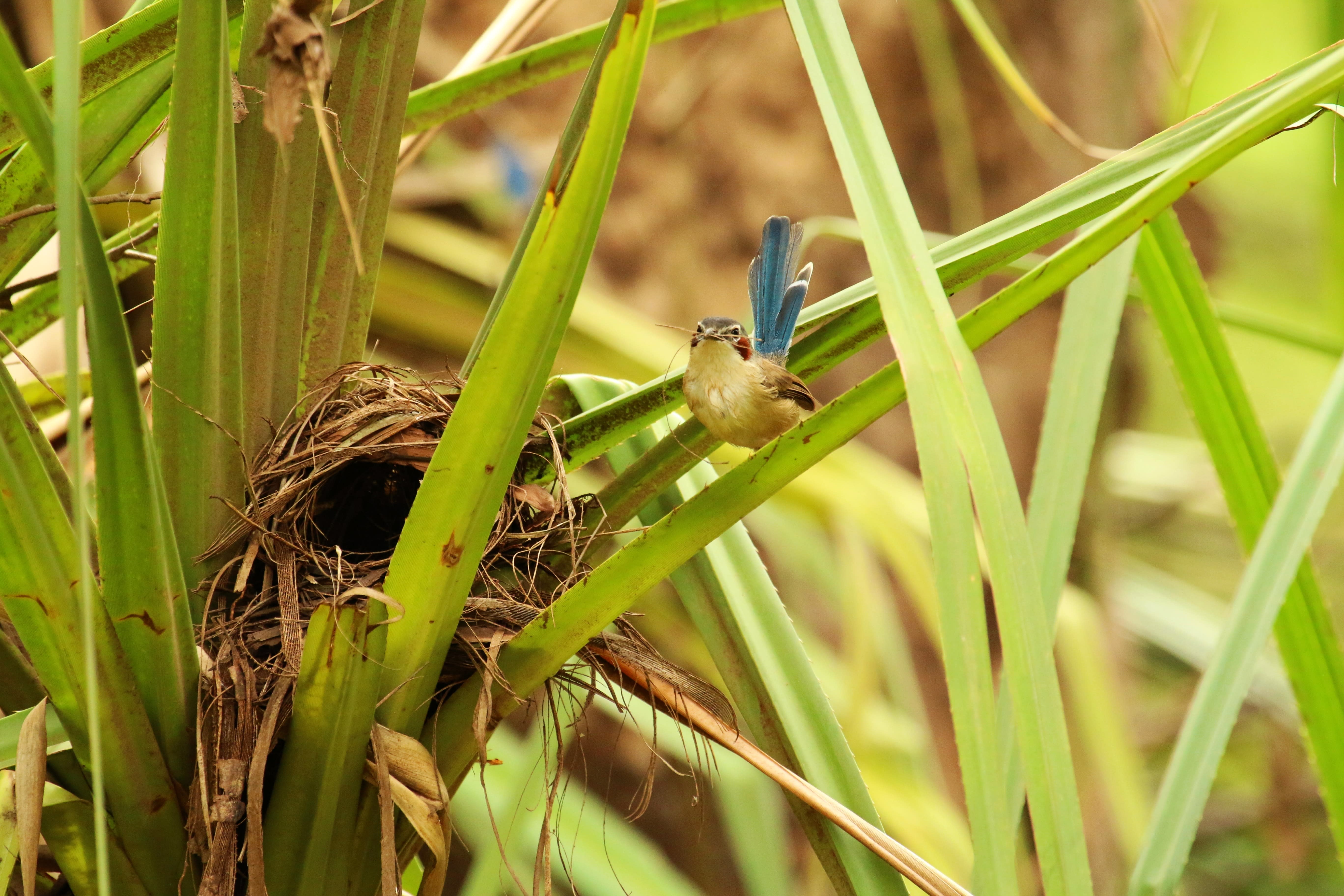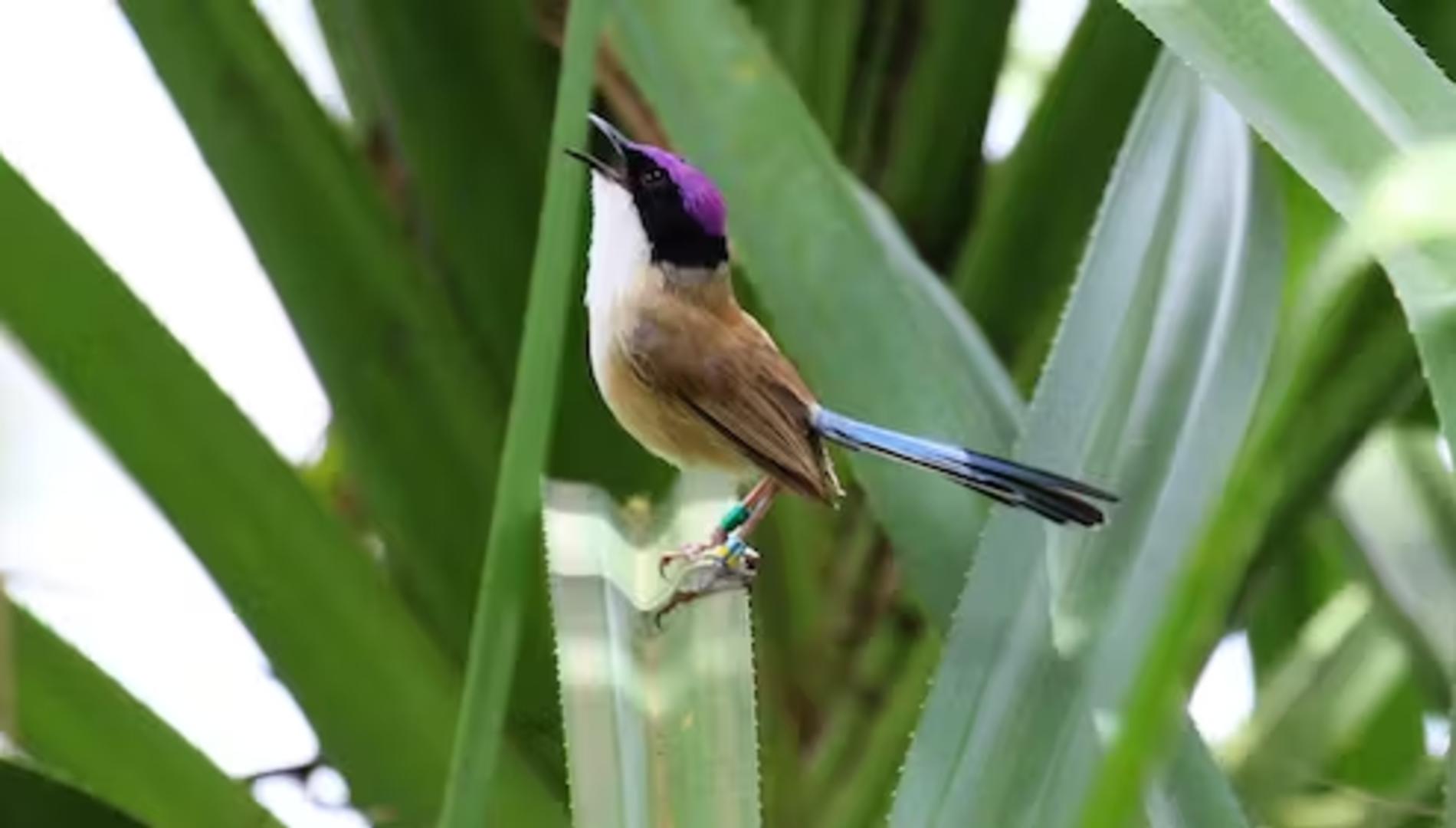Researchers have identified a unique vocal signal used by birds around the world to raise the alarm when a brood parasite enters their territory. Even more remarkable? Most of these birds have never met, and yet they’re all speaking the same “language”.
More than 20 species across Europe, Australia, Asia, and Africa were observed producing an eerily similar “whining” call when they spotted a brood parasitic bird – such as like the infamous cuckoo – lurking nearby.
The international team, including Dr Niki Teunissen and Professor Anne Peters from Monash’s School of Biological Sciences, as well as William Feeney from Doñana Biological Station, Spain, and James Kennerley from Cornell University, published its findings last week in the scientific journal Nature Ecology and Evolution, and provides insights on the evolution of language and the learned responses of animals.
The research is one of the largest and most comprehensive studies involving brood parasites. The discovery has the potential to reshape our understanding of how animals learn to communicate.

Brood parasitic birds lay their eggs in other species’ nests, forcing the host to raise the parasite’s young, often at the expense of their own offspring. By identifying the nest parasites on sight and vocalising their presence to others, the host species gain an advantage in preventing the parasites from laying eggs in their nests.

Experimental evidence in the field
To test why these different species, separated by oceans and up to 53 million years of evolution, all use the same call, the researchers used playback experiments to assess how the birds respond to unfamiliar whining calls compared to other vocalisations.
When the birds hear the recorded whining call playing, even if it’s a different species from a different continent, they instinctively come to investigate what’s happening.
The researchers also used model presentation experiments to assess how individuals responded to seeing a cuckoo compared to seeing predators and non-predators.

“Our Monash team contributed by undertaking experiments on purple-crowned fairywrens, a small endangered songbird that we’ve been studying for a long time at Australian Wildlife Conservancy’s Mornington Wildlife Sanctuary in the Kimberley, WA,” says Teunissen said.
“During the wet season, when the birds are breeding, we spent months in the field, watching and following birds every day to find their nests.
“Once the female laid eggs, we presented a model of a cuckoo, predator, or non-threatening control near the nest, and recorded the birds’ response.
“We found that like over 20 other species across the globe, the fairywrens produced whining calls when faced with a cuckoo near their nest.”
Gathering the required evidence involved researchers across multiple continents investing a substantial amount of time in the field to collect data, using similar methods, highlighting the collaborative nature of this large international study.
Combining these efforts with the expertise of linguists, they were able to reveal the fascinating truth about this call – while birds instinctively approach when they hear the whining call, only when they come to investigate do they start absorbing the clues around them and learn when to produce the sound in the future.
The whining call thereby represents a mid-point between the innate (instinctive) vocalisations often seen in animals and fully learned vocal units such as words that make up human language.
Macroecological evidence
The researchers also looked at the geographic distribution of species that produce the whining vocalisations, to provide insight into its evolution. This revealed that species that produce the whining call tend to live in areas with complex networks of interactions between nest parasites and their hosts.
“With birds working together to drive parasites away, communicating how and when to cooperate is really important ,so this call is popping up in parts of the world where species are most affected by brood parasitism,” says Kennerley.
The result is that the evolution of the whining vocalisation is affecting patterns of cooperative behaviours between birds around the world.
A language precursor
The findings challenge long-held assumptions about the sharp division between animal communication systems and human language, and suggest that learned communication systems, like human language, may have evolved through the gradual integration of instinctive and learned elements.
For the first time, this research documented a vocalisation that has both learned and innate components, potentially showing how learned signals may have evolved from innate calls in a way first suggested by Darwin.
“It’s like seeing how evolution can enable species to give learned meanings to sounds,” says Feeney.
The research was led by Doñana Biological Station in Spain, and Cornell University in the United States. It involved 30 researchers from more than a dozen institutions across the world, including the team from Monash University’s School of Biological Sciences.
This article was co-authored with Doñana Biological Station’s William Feeney and Cornell University's James Kennerley.







